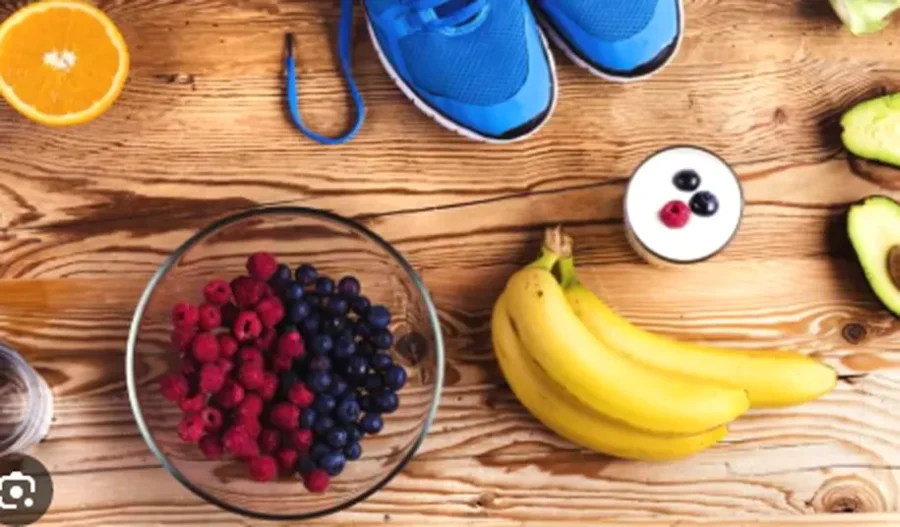As many athletes will tell you, how much to eat, what to eat, and when to eat are all important factors when it comes to pre-workout nutrition, but few know what’s best. A recent study in the Journal of the International Society of Sports Nutrition discussed this topic, as well as how it might relate to getting sick during a workout.
The study participants were ten experienced college-aged basketball players. Some basketball-related skills were assessed as a part of the study, but you could consider it to be an analog to skills of your own chosen activities.
Each of the participants tried two pre-workout meals on two separate occasions. The meal was consumed ninety minutes before an 87-minute simulation that mimicked a game situation. One of the meals had two grams of carbs per kilogram of bodyweight and little protein. The other meal had half the number of carbs, at one gram per kilo, but just as much protein.
The game simulation included several measured tests to see how the athletes’ increasing fatigue affected their abilities. Jumping, sprinting, and shooting tests were all conducted. The researchers also took blood to check for muscle damage markers and blood sugar levels.
When consuming the protein, blood sugar levels were actually higher during and after the game than they were when the athletes consumed carbohydrates alone. The researchers thought this could be due to either less utilization of glycogen in favor of fat for fuel, lower glycemic value of carbs, since they were consumed with protein (and thus a more sustained release of sugar into the blood stream), or perhaps both. Free throw accuracy was also higher in the final quarter of the test.
The major finding was a reduction of creatine kinase, the blood marker most commonly used to find muscle damage. In the trial that consumed protein with the carbs, creatine kinase was almost as low as half what it was in the carb-only group. This could mean faster recoveries and less likelihood to overtrain.
Despite reduced markers for damage right after exercise, the protein trial showed similar performance values to the carb-only trial. Jumping height was similar, and so was sprinting speed. In fact, there was a trend towards better endurance in sprinting with the protein.










